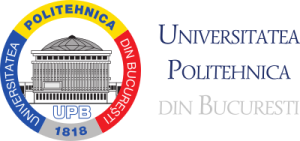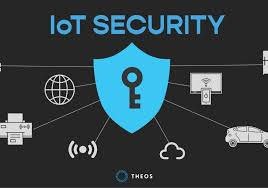- Teacher: Anca Gabriela RAZVAN
- Teacher: Ana-Maria-Claudia ŞELEPIUC

Course Overview
This course provides a rigorous, hands-on introduction to the foundational mathematical and algorithmic principles required for autonomous robot motion. We focus on bridging the gap between high-level path planning and low-level motor control, teaching students how to generate smooth, physically feasible trajectories and how to design robust feedback controllers to ensure the robot executes those motions accurately in the presence of noise and disturbances.
Learning Objectives
Upon successful completion of this course, students will be able to:
- Represent Motion: Master homogeneous transformations for representing robot position and orientation in 2D and 3D coordinate frames (rotation matrices, translation vectors, frame composition).
- Generate Trajectories: Design and implement time-parameterized paths using polynomials, Bézier curves, and cubic splines, ensuring continuity of position, velocity, and, where required, acceleration.
- Optimize Motion: Apply numerical optimization techniques to minimize cost functions (e.g., minimum time, minimum jerk) subject to kinematic and dynamic constraints.
- Implement Control: Understand and implement feedback control architectures, contrast open-loop vs closed-loop operation, and model first-order dynamics for controller design and simulation.
- Tune PID: Systematically implement and tune Proportional (P), Integral (I), and Derivative (D) terms to achieve target transient and steady-state performance (rise time, overshoot, settling, steady-state error).
- Autonomous Integration: Integrate planning (trajectory generation) and control (PID and feedback logic) into a cohesive robotic application capable of path following and basic obstacle response.
- Teacher: Ionel-Alexandru GAL
- Teacher: Andrei-Laurentiu NICULAE
- Teacher: Cristian Alexandru RACOVITZA

